Have you ever gazed into your cat’s eyes and wondered what was going on behind that mysterious stare? Cats, with their silent grace and subtle gestures, are masters at hiding their true feelings. But beneath the surface, they’re constantly sending us emotional messages—tiny clues that most of us overlook. The difference between a contented purr and a worried tail flick can be heartbreakingly subtle, yet these signals are the secret language that reveals your cat’s inner world. If you’ve ever wished your cat could just talk, you’re not alone. Today, let’s uncover the 8 emotional clues cats drop that most people miss. Prepare to be surprised—you might just see your feline in a whole new light.
The Slow Blink: Cat Kisses in Disguise

Many people think a cat’s slow blink is just sleepiness, but it’s so much more. When your cat looks into your eyes and blinks slowly, it’s offering a gesture of trust and affection. This is often called a “cat kiss.” In the wild, closing their eyes means vulnerability, so a slow blink is a sign that your cat feels safe with you. Sometimes, returning the slow blink can help strengthen your bond and reassure your cat. It’s a gentle way for your feline to say, “I love you.” Next time your cat does this, try blinking slowly back and watch their reaction. It’s a silent conversation filled with warmth.
Tail Position: The Feline Emotional Barometer

The tail is like a mood ring for cats, revealing their feelings in ways we often ignore. A cat holding its tail high is usually feeling confident and happy. If the tail quivers at the tip while upright, that’s a sign of excitement, even love. On the other hand, a low or tucked tail signals fear or anxiety. When the tail puffs up, your cat is startled or scared. Subtle twitches can mean irritation or curiosity. Watching your cat’s tail can help you understand their mood and respond appropriately. It’s amazing how much you can learn with just a glance at their tail.
Ear Movements: Tiny Indicators of Big Feelings

Cat ears are like satellite dishes, constantly swiveling to capture sounds and communicate emotions. When your cat’s ears are forward, they’re curious or content. If the ears flatten against the head, it’s a sign of fear, aggression, or extreme discomfort. Sometimes, one ear cocked back signals uncertainty or caution. Rapid ear flicking can mean your cat is overstimulated or annoyed. Paying attention to these subtle changes can help prevent misunderstandings or even scratches. Next time you pet your cat, watch how their ears react—it’s like reading a secret code.
Whisker Position: A Hidden Emotional Compass

Whiskers do more than help cats navigate in the dark. Their position tells you how your cat is feeling. Relaxed whiskers that gently fan out to the sides mean your cat feels safe and at ease. Whiskers pushed forward show excitement or curiosity, especially during play or hunting. When whiskers are flattened back against the cheeks, your cat may be frightened or upset. Observing these changes can alert you to your cat’s comfort level in different situations. Next time you offer a treat, see how those whiskers react. It’s a tiny detail that speaks volumes.
Vocalizations: More Than Just Meows
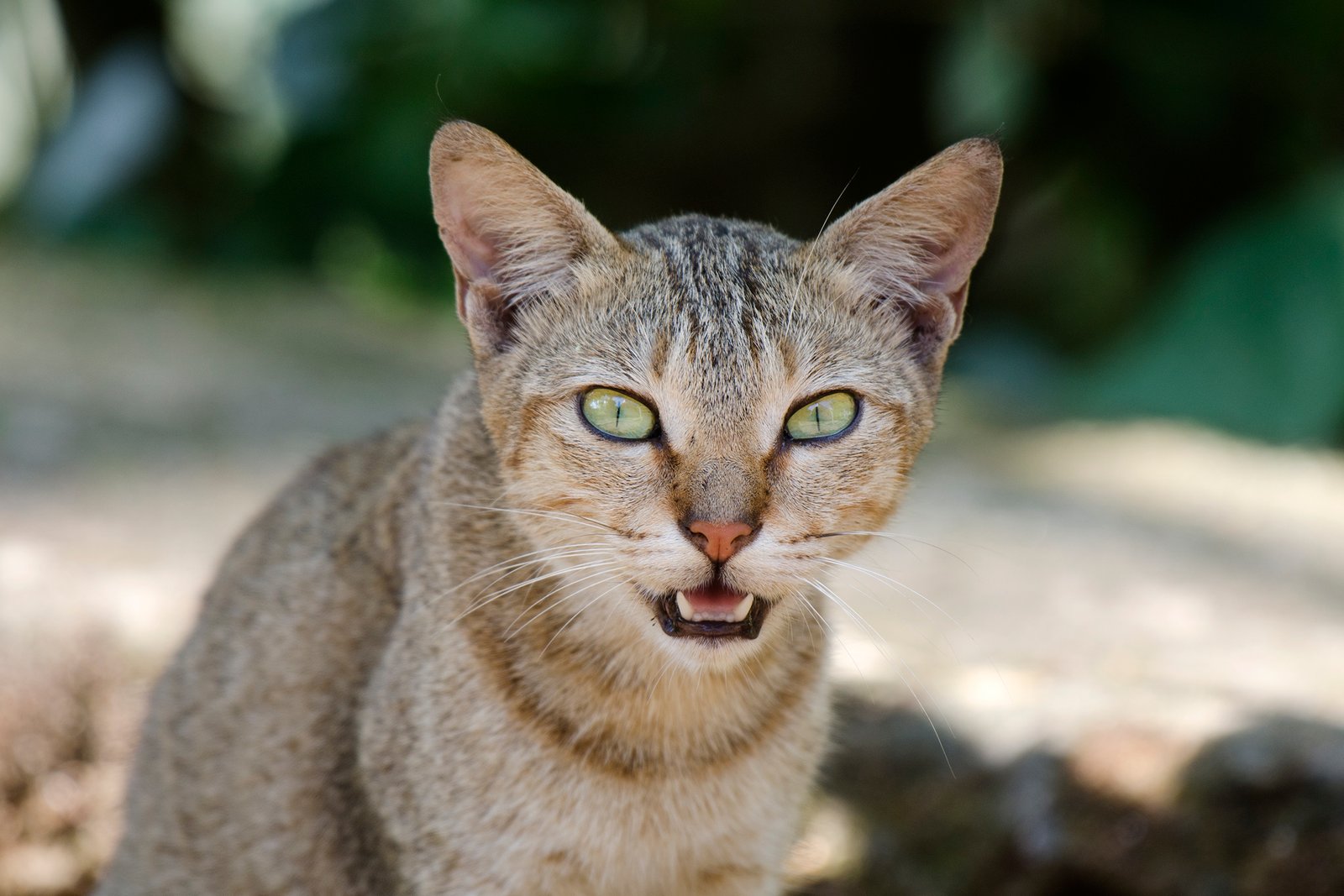
Every meow, trill, or chirp is loaded with emotion and meaning. Cats rarely communicate with each other using meows—this vocalization is mostly for humans. A soft, gentle meow often means your cat is seeking attention or feeling affectionate. Loud, insistent meows can signal distress or demand. Trills and chirps are usually happy greetings, while growls and hisses clearly warn of discomfort or fear. Some cats even “chatter” when watching birds, expressing excitement and frustration. Listening closely to your cat’s range of sounds helps you tune into their emotional state and needs.
Purring: Not Always a Sign of Happiness

Purring is usually associated with contentment, but that’s not the whole story. Cats also purr when they’re anxious, in pain, or even afraid, using this vibration to comfort themselves. For example, a cat at the vet might purr to self-soothe, not because they’re happy. If your cat is purring but seems withdrawn or is hiding, pay close attention to other clues. Context is everything—combine purring with body language to get a clearer picture of how your cat feels. This surprising fact reminds us to never take purring at face value.
Grooming Habits: The Emotional Mirror
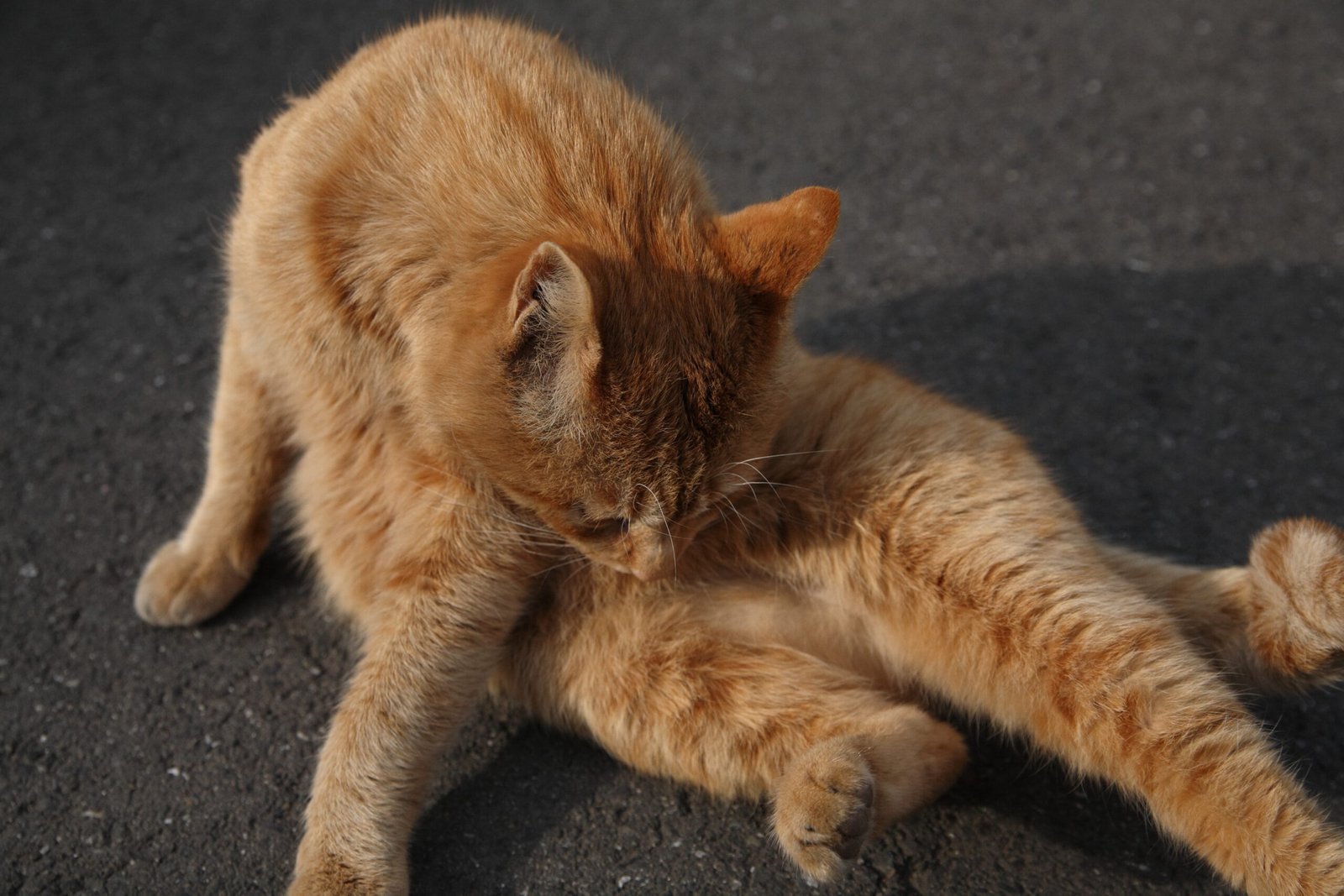
Cats are famous for their meticulous grooming, but changes in this routine can signal emotional distress. Over-grooming, where a cat licks obsessively, can be a sign of anxiety or boredom. Conversely, a sudden lack of grooming might indicate depression, illness, or pain. Sometimes, cats groom each other or their humans as a way to show affection and strengthen bonds. If you notice bald patches or a scruffy coat, it’s time to pay attention. Grooming isn’t just about cleanliness—it’s a window into your cat’s emotional health.
Hiding: When Silence Speaks Louder Than Words

Cats are experts at disappearing when they’re stressed, scared, or overwhelmed. Hiding under beds, inside closets, or behind furniture isn’t just random—it’s a coping mechanism. This behavior can be triggered by loud noises, new environments, or household changes. While it’s normal for cats to seek quiet spaces, sudden or prolonged hiding can be a sign of emotional turmoil or even illness. Respect your cat’s need for solitude, but also monitor for other worrying behaviors. Hiding is a cat’s way of telling you, “I need a break,” or sometimes, “I’m not okay.”
Rubbing and Head Butting: Scented Affection

When your cat rubs their head or body against you, it’s not just about marking territory—it’s a deeply emotional gesture. By transferring their scent, they’re claiming you as family and expressing trust. Head butting (or “bunting”) is a cat’s way of showing affection and seeking closeness. If your cat greets you with a gentle head bump or rubs against your legs, it’s their version of a hug. These moments may seem small, but they’re packed with love and loyalty. Never underestimate the power of a simple nuzzle.
Playfulness: Joy or Hidden Stress?

Play is a crucial part of a cat’s emotional world, but changes in playfulness can be telling. A cat that suddenly loses interest in toys might be feeling down or unwell. On the other hand, excessive or aggressive play could signal underlying stress or frustration. Playful pouncing, chasing, and batting are signs of happiness and healthy curiosity. If your cat invites you to play, it’s a sign of trust and a desire for connection. Pay attention to shifts in play behavior—it’s an emotional barometer that shouldn’t be ignored.
Kneading: Comfort from Kittenhood
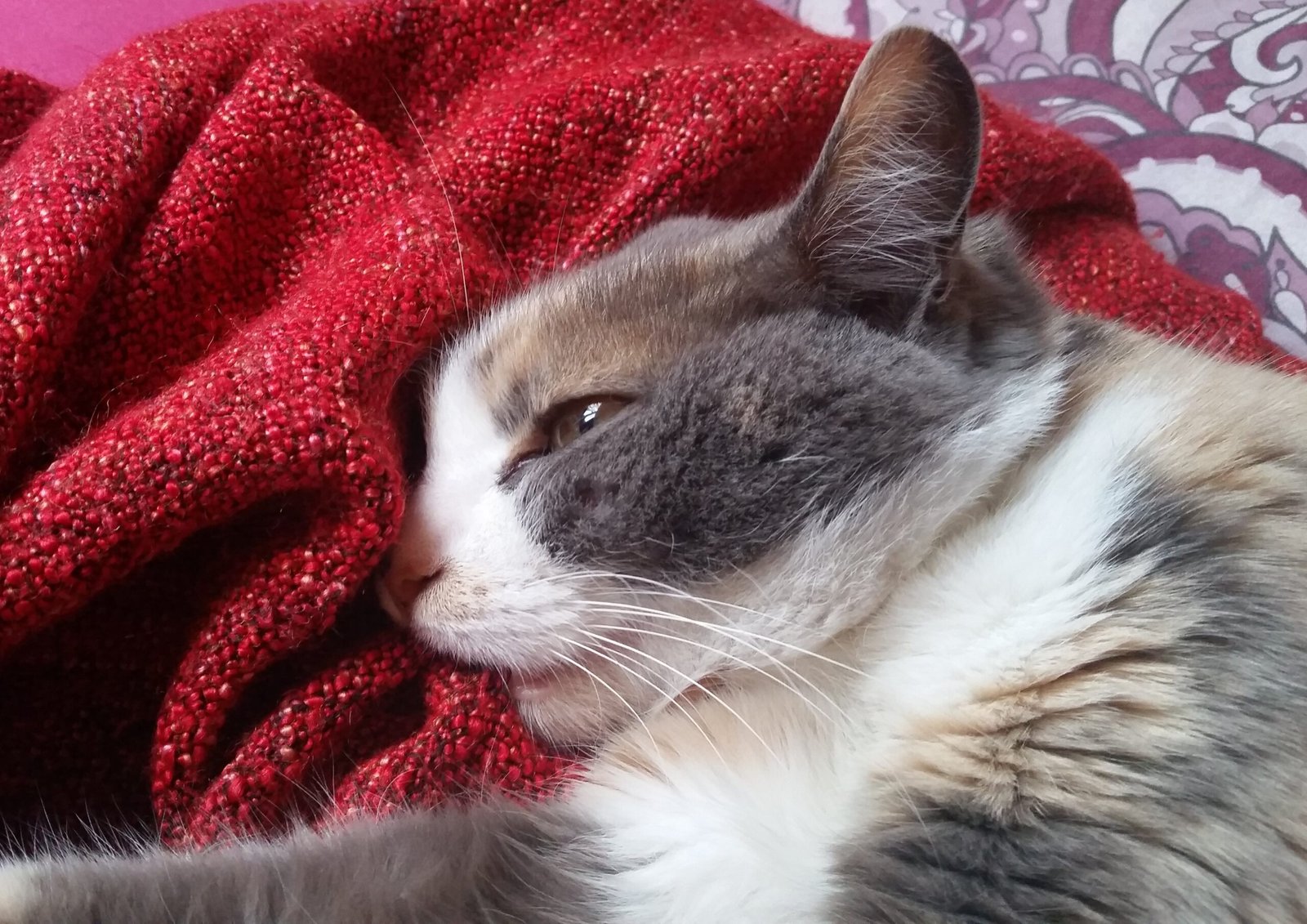
Kneading, or “making biscuits,” is an adorable behavior rooted in kittenhood. When cats knead soft surfaces—or even your lap—they’re expressing comfort, affection, and contentment. This action harks back to nursing days, when kittens knead their mother’s belly to stimulate milk flow. Adult cats continue this behavior with their trusted humans or favorite blankets. Sometimes, kneading is also a way to self-soothe during stressful moments. If your cat kneads you, take it as a heartfelt compliment—they feel at home with you.
Body Posture: The Unspoken Mood Board

A cat’s overall body posture gives away more than you might think. An arched back with fur standing up means fear or defense. A relaxed, stretched-out cat is content and feels safe. If your cat crouches low to the ground with wide eyes, they’re anxious or preparing to flee. Rolling onto their back can be a sign of trust, but also a defensive position—always check other clues before reaching for belly rubs. Subtle shifts in posture reveal your cat’s feelings in real time, so observe them closely during different situations.
Pawing and Scratching: Emotional Outlets
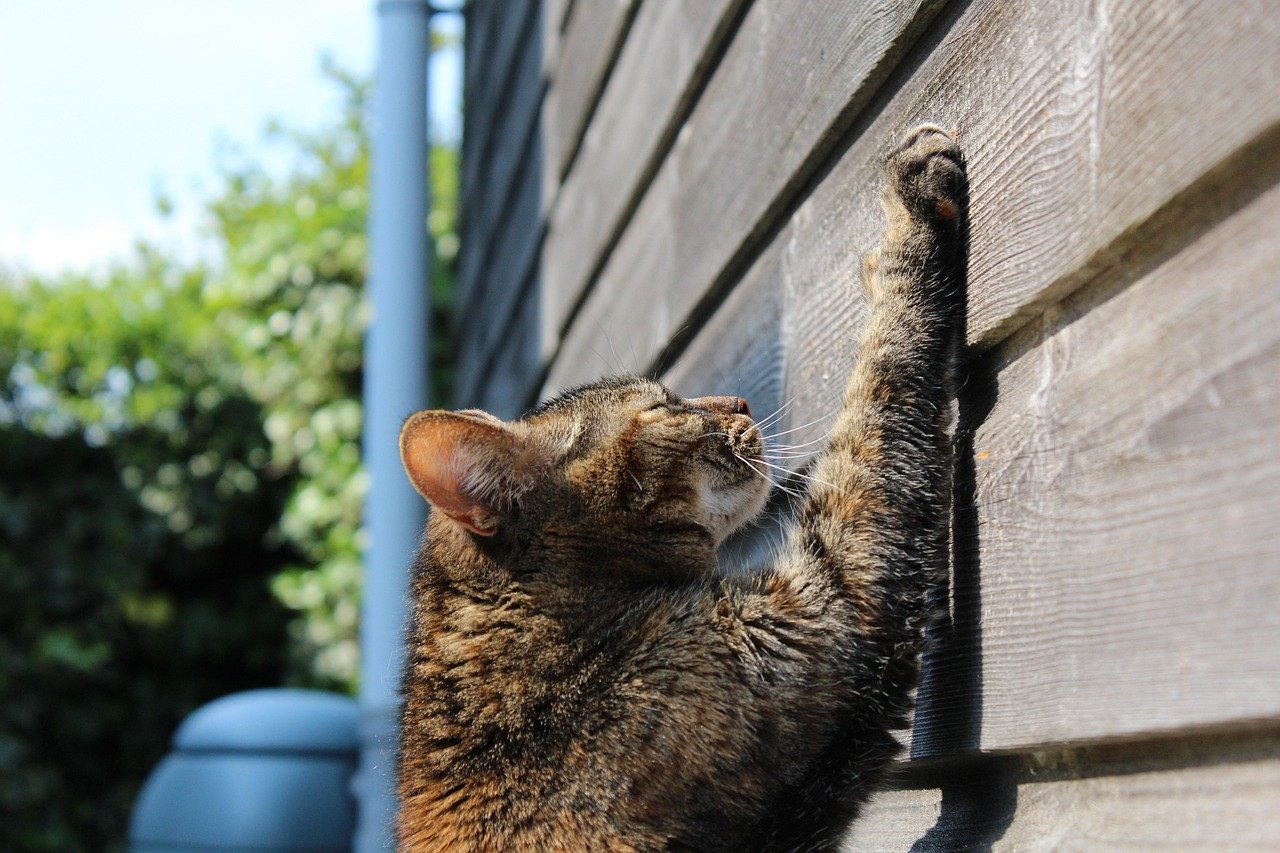
Scratching isn’t just about sharpening claws—it’s a way for cats to relieve stress and express emotions. When your cat paws at you gently, they might be seeking attention or comfort. Scratching posts, furniture, or even doors can signify excitement, frustration, or a need to mark territory. Sometimes, cats scratch when they’re anxious or need to burn off nervous energy. Providing appropriate outlets can help your cat feel secure and understood. Watch for changes in scratching behavior as emotional clues.
Sleeping Habits: Clues in Catnaps
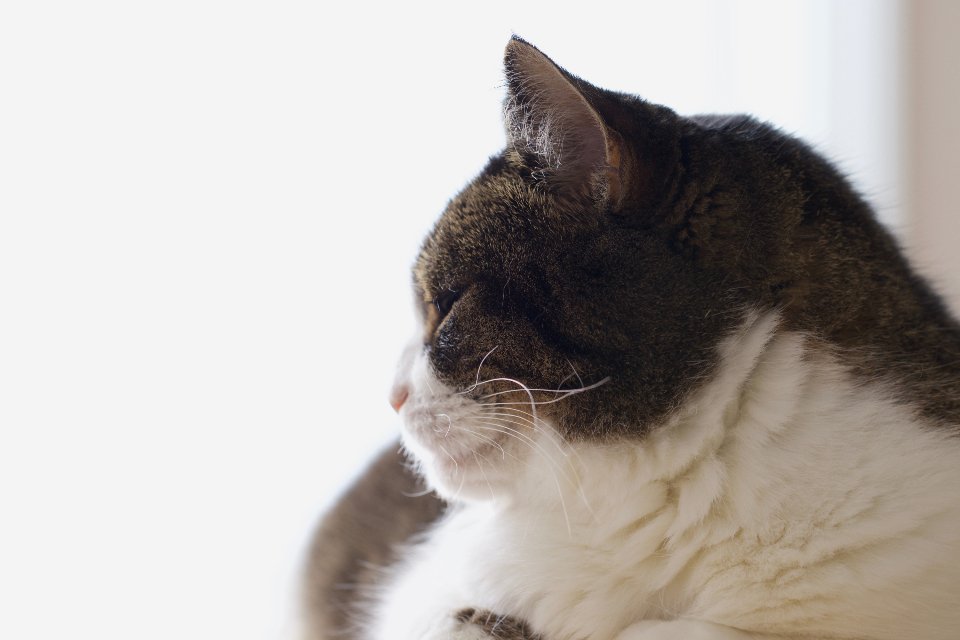
Cats spend most of their lives snoozing, but the way they sleep can reveal their mood. Cats that sleep curled up in tight balls might be feeling insecure or cold. Sprawled out with exposed bellies means relaxation and trust in their environment. If your cat suddenly starts sleeping much more or less, it could indicate emotional or physical issues. Sleeping near you is a sign of affection and a desire for closeness. Observing your cat’s sleep patterns helps you gauge their emotional well-being.
Eating Patterns: Appetite as an Emotional Signal

A cat’s appetite is closely linked to its emotions. Some cats eat less when they’re stressed, anxious, or depressed, while others may overeat out of boredom or comfort-seeking. Sudden changes in eating habits should always be taken seriously. Even subtle changes, like eating at odd times or being unusually picky, can signal emotional distress. Sharing food or bringing you “gifts” is a sign of affection and bonding. Keep an eye on your cat’s relationship with food to catch emotional shifts early.
Eye Contact: The Window to the Feline Soul
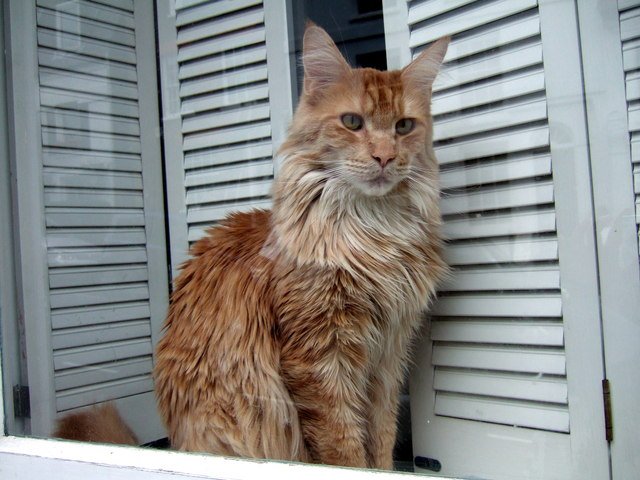
Direct eye contact from a cat can be intimidating, but it’s also a powerful form of communication. Soft, lingering eye contact paired with slow blinks is affectionate and trusting. Hard stares with dilated pupils can indicate fear, excitement, or aggression. When a cat avoids eye contact, they may feel anxious or submissive. Observing your cat’s eyes during interactions provides insight into their comfort level and emotional state. Eye contact, when gentle, is a bridge of trust between you and your feline friend.
Vigilance: Hyper-Awareness as a Clue

If your cat seems jumpy or constantly alert, it’s often a sign of underlying stress or fear. Hyper-vigilance—where a cat startles easily or is always watching the environment—can be triggered by new pets, loud noises, or household changes. This constant scanning is your cat’s way of staying safe in a world that feels unpredictable. Offering a calm, consistent routine and safe spaces can help your cat relax. Don’t ignore this subtle clue, as it’s often the first sign your cat needs reassurance.
Litter Box Behavior: Emotional Messages in the Sandbox
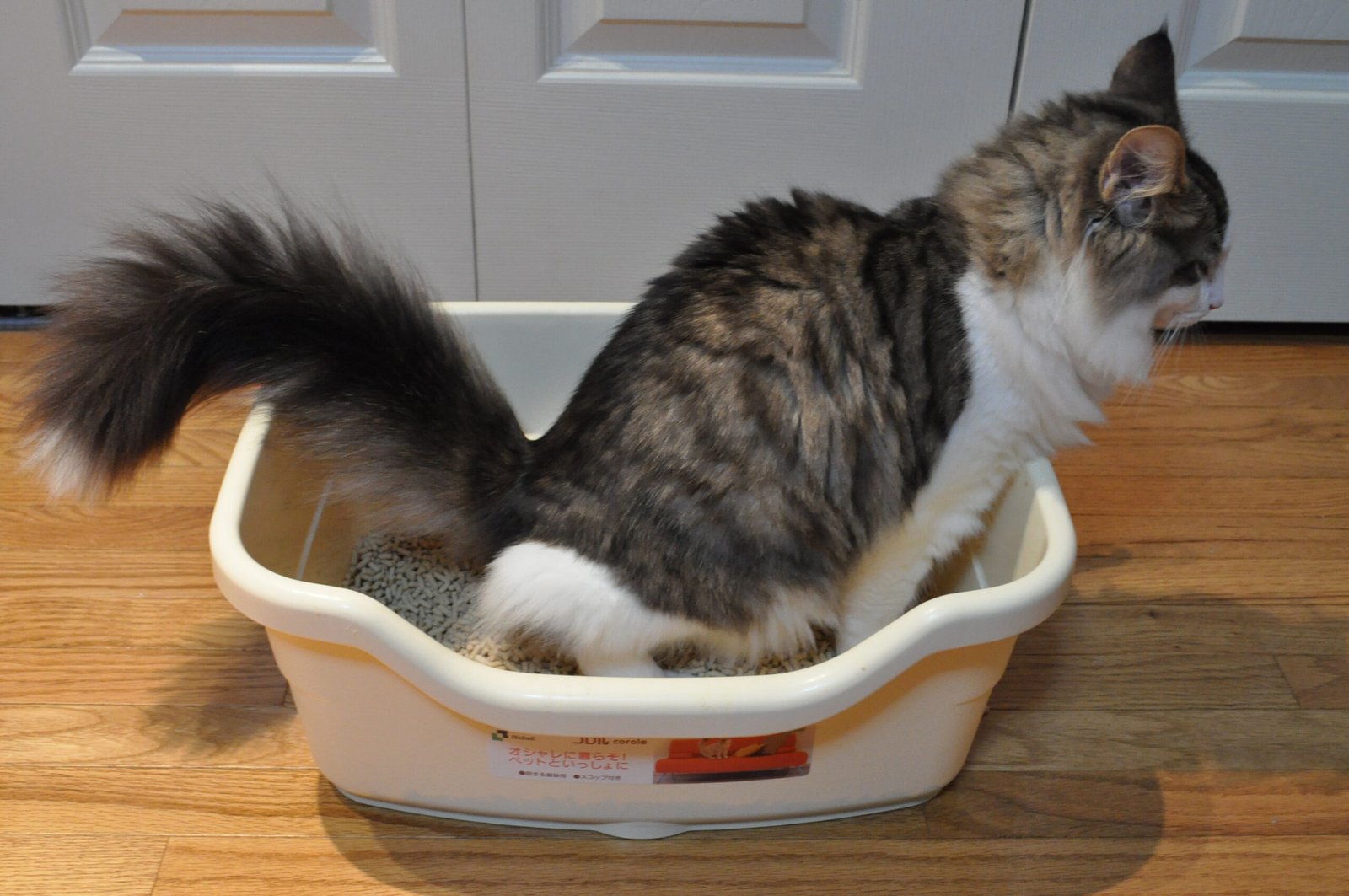
Changes in litter box habits can be emotionally driven. A cat that suddenly stops using the litter box or starts going outside of it may be stressed, anxious, or upset about changes in the household. Sometimes, even the type of litter or location of the box can trigger emotional reactions. Pay attention to any new litter box behaviors as potential signals of distress. Early intervention helps prevent long-term issues and supports your cat’s emotional health.
Greeting Rituals: The Warmth of Familiarity
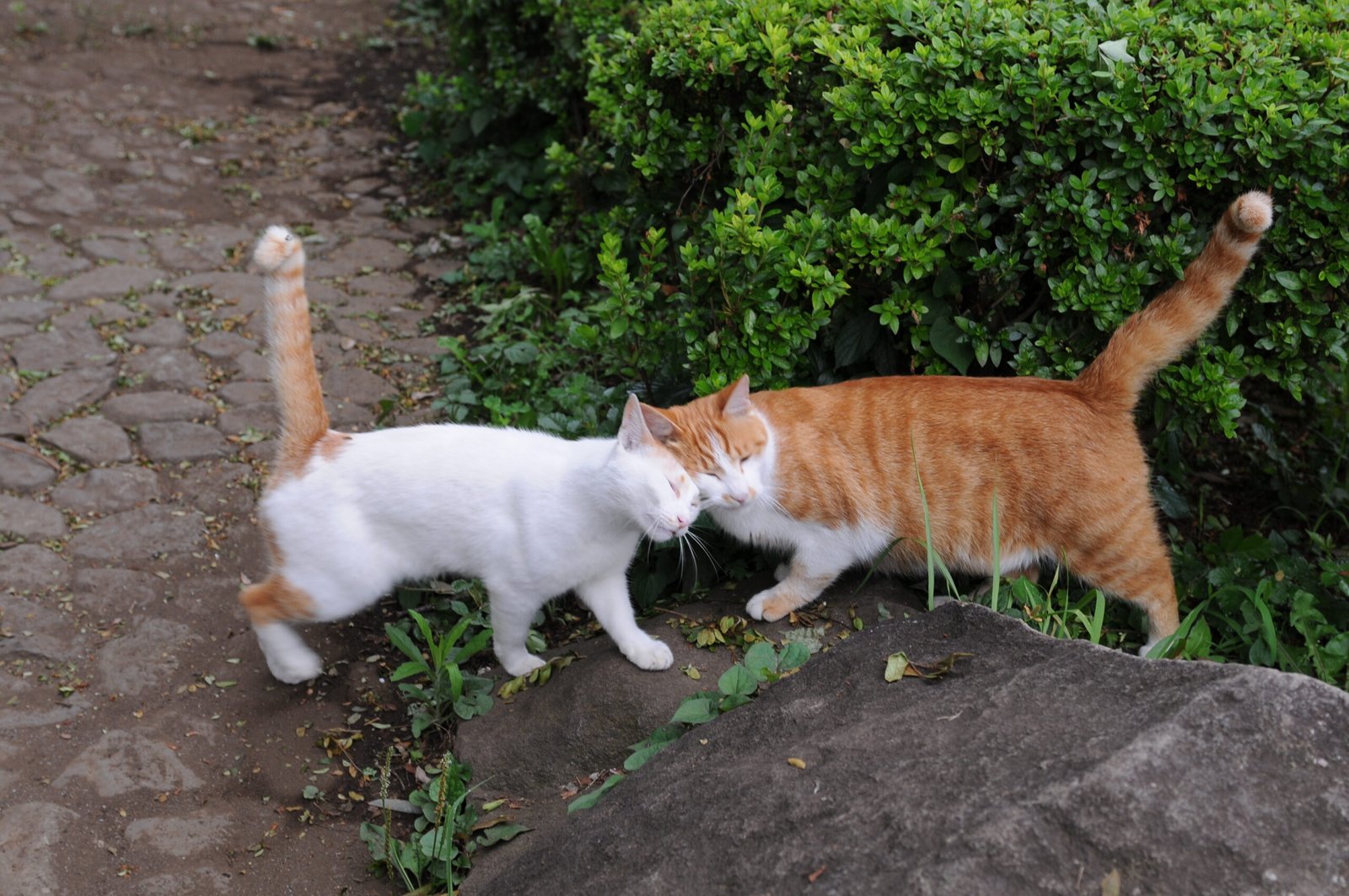
How your cat greets you after time apart says a lot about their feelings. Some cats run to the door, tails high, chirping or meowing excitedly. Others may approach more slowly, rubbing against you or following you around. Sometimes, a cat will bring you a toy or gently nudge you as a sign of affection. If your cat suddenly stops greeting you or hides away, it could be a sign of emotional upset. Greeting rituals are their way of saying, “I missed you,” and reaffirming your bond.
Closeness and Distance: The Emotional Dance
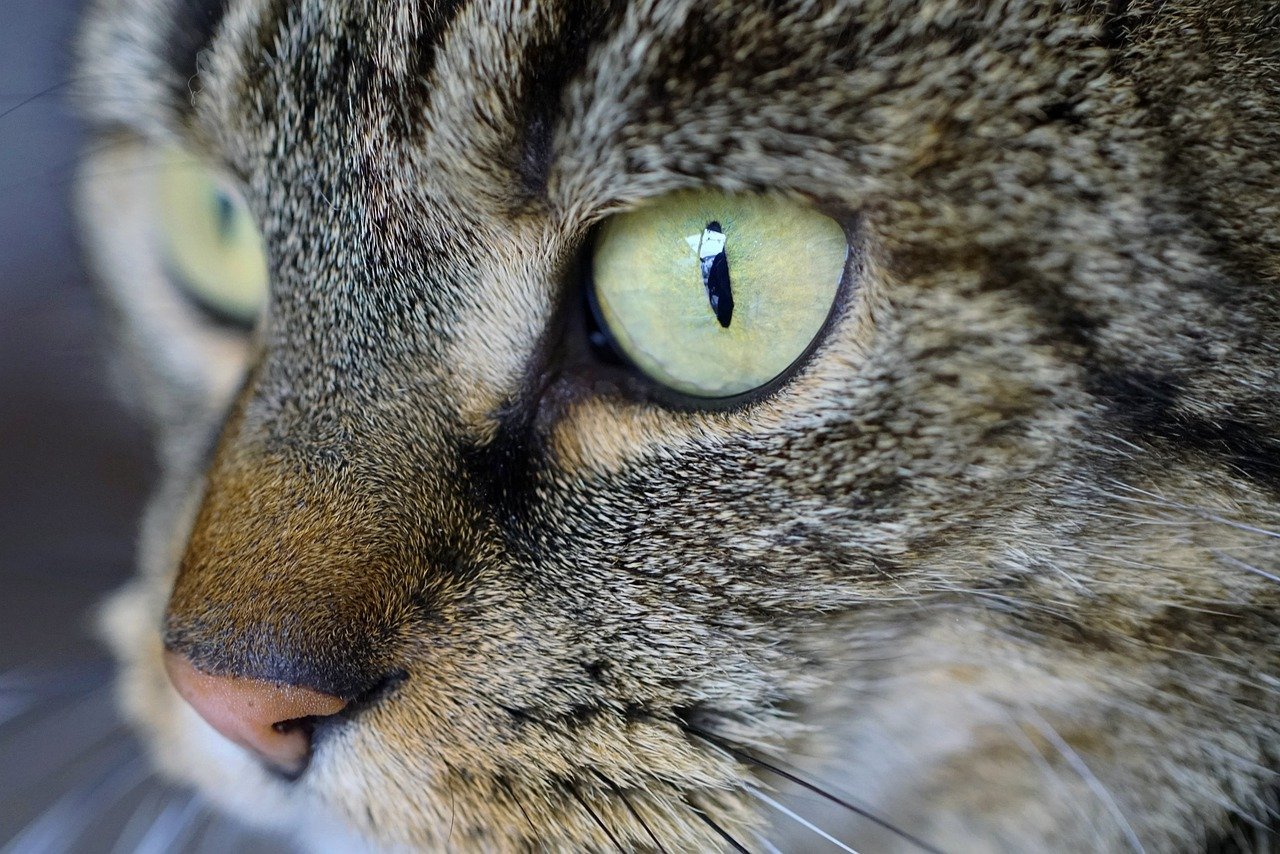
Cats control their closeness to you as a way to manage emotions. Seeking your lap, lying beside you, or touching you with a paw means your cat feels safe and connected. Pulling away, hiding, or avoiding touch can signal stress, fear, or a need for space. This push and pull is part of a cat’s natural emotional rhythm. Respecting when your cat wants closeness—and when they need distance—strengthens trust and deepens your relationship.
Unusual Aggression: When Emotions Boil Over

Sudden aggression or irritability in a normally gentle cat is often a plea for help. This can be triggered by pain, stress, fear, or changes in the environment. Swatting, biting, or hissing isn’t just “bad behavior”—it’s a cry of emotional discomfort. Understanding the root cause of aggression helps you address your cat’s needs with empathy. If your cat lashes out unexpectedly, look for the underlying emotional clue rather than reacting with anger or punishment.
Hi, I’m Bola, a passionate writer and creative strategist with a knack for crafting compelling content that educates, inspires, and connects. Over the years, I’ve honed my skills across various writing fields, including content creation, copywriting, online course development, and video scriptwriting.
When I’m not at my desk, you’ll find me exploring new ideas, reading books, or brainstorming creative ways to solve challenges. I believe that words have the power to transform, and I’m here to help you leverage that power for success.
Thanks for stopping by, Keep coming to this website to checkout new articles form me. You’d always love it!






